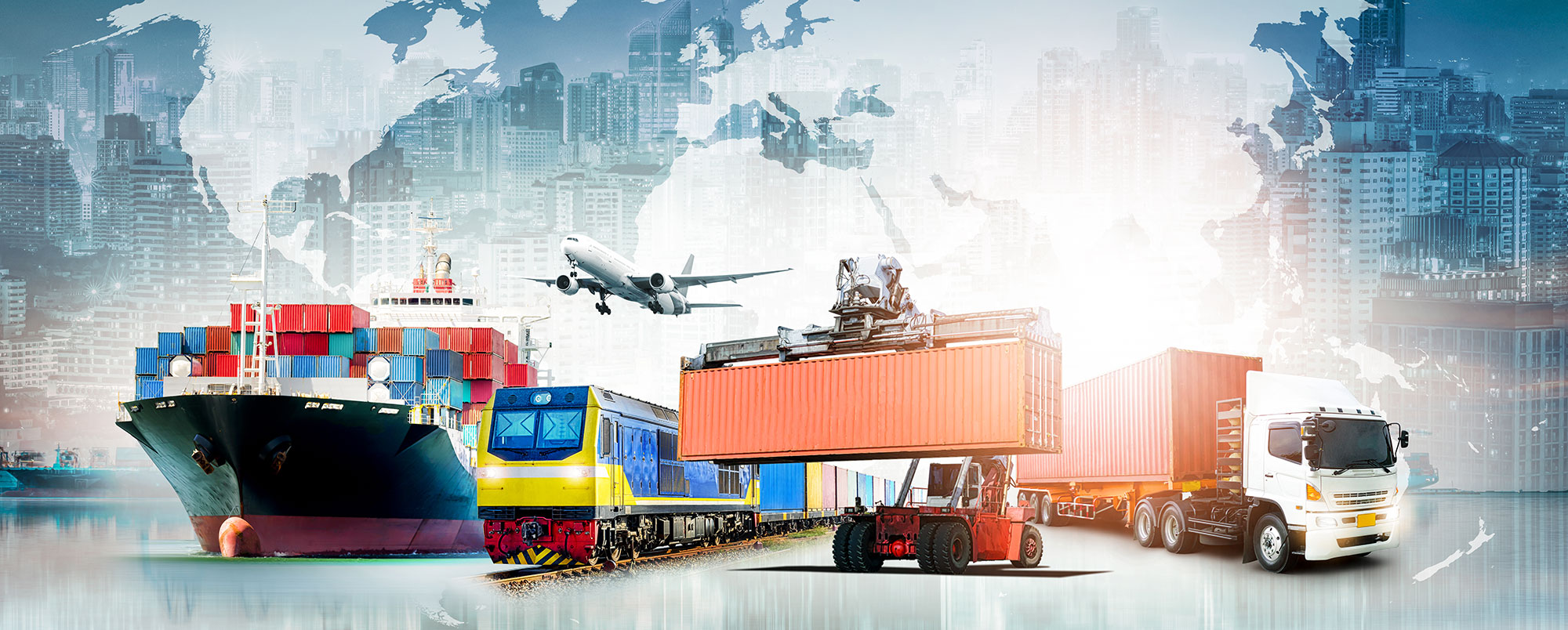The COVID-19 pandemic seems to be the ‘black swan’ event that has forced the logistics sector across the world and in India to accelerate digital transformation and build supply chains that are aligned to the current new normal business environment and capable of weathering future storms as well. While on one hand this creates a need for logistics services providers like Allcargo Logistics, ECU Worldwide, Gati-KWE, etc. to tackle hitherto unforeseen challenges, on the other hand it opens up unmatched possibilities to streamline operations along the entire logistics ecosystem.
The aftermath of COVID-19’s disruption to global trade and economy, backed by technology-driven transformation has reiterated the importance of the logistics and supply chain sector. It is among the top five employment generating sectors in India and estimated to be a USD 200 billion industry that contributes over 14% to India’s GDP.
It is no surprise then, that when logistics industry veteran Shashi Kiran Shetty, Chairman of Allcargo Logistics, ECU Worldwide and Gati-KWE, participates in a panel discussion with Rajat Verma, MD & Head Commercial Banking, HSBC India, moderated by Shereen Bhan, Managing Editor, CNBC-TV18, the way forward for the logistics sector in a post-COVID economy emerges as the key focus.
Challenges paving the way to transformation
The pandemic has brought to the fore a number of challenges that the logistics sector currently grapples with. For it to leverage the potential opportunities at an internal and international level, these will need to be addressed.
A multimodal logistics mix heavily skewed towards roadways, lack of warehousing facilities and growing demand fuelled by the e-commerce boom, gap in terms of integrating new-age technology like drones, robotics and Machine Learning into supply chains and high logistics cost are some factors that create constraints.
Through favourable government policies and investment commitments for infrastructure development, nationwide initiatives to enhance the efficiency of waterways, and other initiatives, a beginning has already been made to resolve them, one step at a time, if not in entirety.
Leveraging opportunities that lie ahead
Digital transformation: Logistics and supply chain management is a sector where data and information across multiple levels is a necessity to tide over roadblocks and optimize operations. Additionally, the increased need to streamline operations calls for secure information and data exchange which can only be made possible by accelerating digitalization across the entire ecosystem.
Supply chain diversification: One of the major shift in perspective post the pandemic has been businesses in multiple industries relooking at their supply chains and exploring diversifying. As they evaluate the merits of moving closer to their consumption centres, it would work well for these businesses to weigh diverse options like either setting up a manufacturing unit or setting up large warehouses where inventory can be stored with greater lead times, in countries like India where they choose to diversify into.
Ease of doing business: No matter which industry drives the upswing in the economy, seamless logistics and supply chain solutions are critical to its smooth functioning. To achieve the nation’s aspirations of an ‘Aatma Nirbhar Bharat’ or ‘Self-reliant India’, it is imperative that industry and policy decisions are directed towards reducing logistics cost and improving ease of doing business as well as India’s Logistics Performance Index that stood at 44 in 2018, below countries like USA, China and even developing economies like Vietnam and Thailand.
Infrastructure development: The National Logistics Policy that is likely to be launched soon and aims to bring the current logistics cost down from 13% to 8% in five years, will be a key step in enabling seamless movement of goods across the country. Reducing the reliance on roadways, developing coastal shipping, setting up government-owned demand and fulfilment centres are some other proposed measures that will have a positive impact on the logistics infrastructure.
Joining forces in times of crisis: When times get tough, the tough get going. But they don’t do so alone. They unite, work together and find feasible solutions. By enabling trade to keep going and preventing India’s ports from getting congested – cargo was moved to Container Freight Stations that managed space – the logistics industry proved its collaborative spirit. This is the approach that will help take the industry ahead in the long run.
Conclusion
A flexible, agile and future-ready infrastructure along with transparent, resilient global business supply chains and innovative breakthroughs driven by the skilled workforce contributing to industry development form the ideal backdrop for the logistics and supply chain sector to touch new heights that it never has before.














